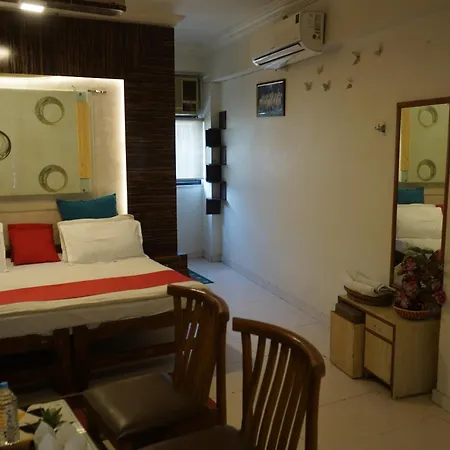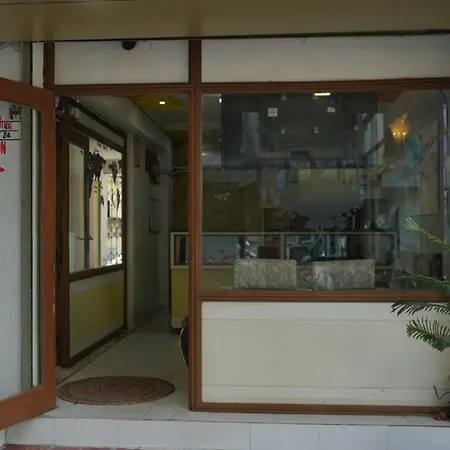Sabarmati Ashram
Check Availability
Witness the Legacy of Sabarmati Ashram
Sabarmati Ashram served as Mahatma Gandhi's headquarters from 1917 to 1930 during India's fight for independence. Located on the banks of the Sabarmati River, it holds significant spiritual and historical value.
Founded by Gandhi, the ashram's architecture reflects simplicity and resilience. The preserved living quarters and the museum detail his philosophy of nonviolent resistance. Notably, from here, Gandhi initiated the Salt March on 12 March 1930.
Must-See Highlights
- 🔍 Living Quarters: Explore Gandhi's preserved minimalistic living spaces.
- 📜 Gandhi Museum: View exhibits on his life, teachings, and the struggle for freedom.
- 🌳 Serene Grounds: Enjoy the tranquil environment that inspired many.
Entry is free, making it accessible for tourists, families, and historians alike who seek to understand India’s path to independence.
Interesting Facts about Natural History Museum Sabarmati Ashram
Significant Milestone
The ashram was the starting point of the Salt March, a pivotal movement in Indian history.
Gandhi's Choice
Gandhi chose the location between a jail and a cemetery, symbolizing the risks of satyagraha.
Dalit Welfare
Post-1933, the site became known for Dalit welfare activities and supporting cottage industries.
Location
Stay Near Sabarmati Ashram Best Hotels
Address
View mapNr. Sabarmati River (SH41)
Opening Hours
Friday:
9:30 AM–6:30 PM
Monday:
9:30 AM–6:30 PM
Saturday:
9:30 AM–6:30 PM
Sunday:
9:30 AM–6:30 PM
Thursday:
9:30 AM–6:30 PM
Tuesday:
9:30 AM–6:30 PM
Wednesday:
9:30 AM–6:30 PM
Contact Information
Price
Free. Donations for maintenance are appreciated.
Average Visit Duration
Duration: Approximately 2 hours.
Best Time to Visit
Weekday mornings (9:30 AM–11:30 AM) are ideal for fewer crowds.

















